The Women Who Inspired Dorr Bothwell’s Three Dancers
Martha Graham (1894-1991)
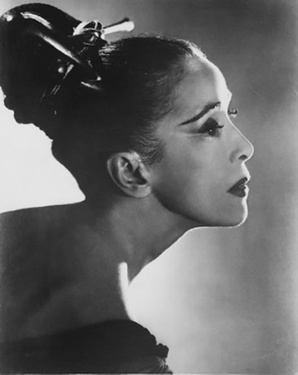
I wanted to begin not with characters or ideas, but with movements… I wanted significant movement. I did not want it to be beautiful or fluid. I wanted it to be fraught with inner meaning, with excitement and surge. – Martha Graham
“It is nearly impossible to track the influence of Martha Graham. Everyone from Woody Allen to Bette Davis cites her as a major influence. She is universally understood to be the 20th century’s most important dancer… Her continued experimentation and her constant attention to human emotion, frailty, and perseverance, is one of the greatest achievements in Anerican cultural history.” From the PBS American Masters online introduction to the documentary Martha Graham: Revolt and Passion (1994).
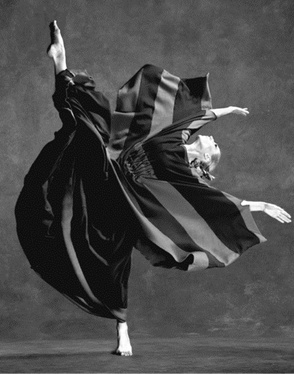
In the documentary The Dancer Revealed (1994), Martha Graham says: I have spent all my life with dance and being a dancer. It’s permitting life to use you in a very intense way. Sometimes it is not pleasant. Sometimes it is fearful. But nevertheless it is inevitable.
Martha Graham danced for over seventy years. The Martha Graham Center of Contemporary Dance (founded in 1926) preserves her legacy.
Agnes de Mille (1905-1993)
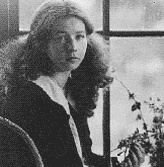
After graduating cum laude from UCLA, Agnes de Mille won early critical acclaim as a dancer, but found both fame and fortune in her long career as an award winning choreographer and director on Broadway and in Hollywood.
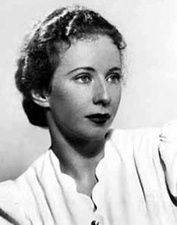
De Mille used her visability as an artist to speak nation-wide on behalf of government subsidy of the arts. Later she was appointed to the National Advisory Committee on the Arts, the forerunner of the National Endowment for the Arts, by President Kennedy, and in 1974 she opened the Agnes de Mille Heritage Dance Theatre, at the North Carolina School of the Arts. Source: “Agnes de Mille’s Biography”
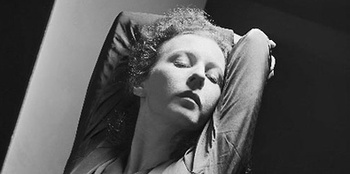
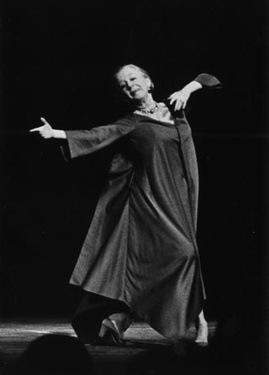
The many faces of Helen Tamiris (1905-1966)
From the biography of Helen Tamiris in the Encycopedia Britannica
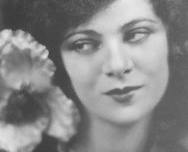
[Helen Becker began her dance training with Irene Lewisohn, studying freestyle movement.]
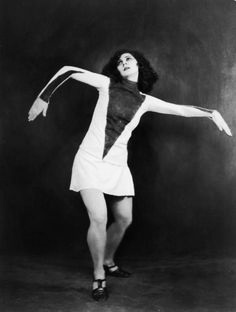
Later, trained in ballet by Michel Fokine and at the Metropolitan Opera Ballet School, she danced for three seasons with the Metropolitan Opera Ballet Company. By that time she had adopted the stage name Tamiris. She later toured South America with an Italian company.
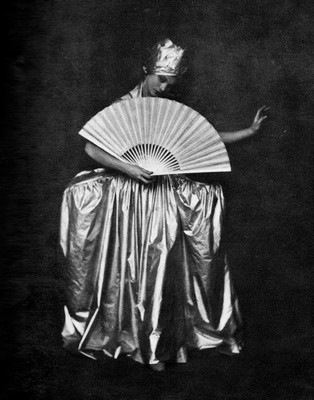
Dissatisfied with traditional ballet technique, [Helen Tamiris] studied briefly at the Isadora Duncan School in New York City but disliked its emphasis on purely personal expression and lyrical movement.
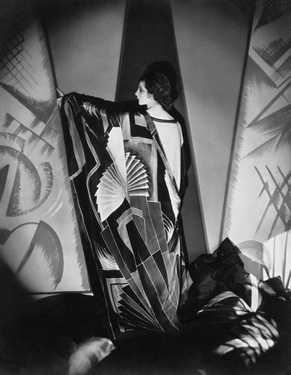
[Tamiris] began to develop her own approach and in 1927 made her concert debut.
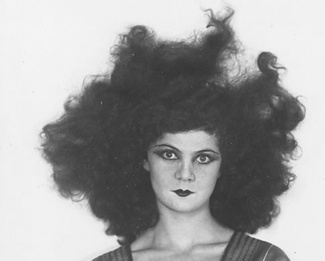
She toured Europe in 1928 and in 1930 founded her own company and school, which she directed until 1945.
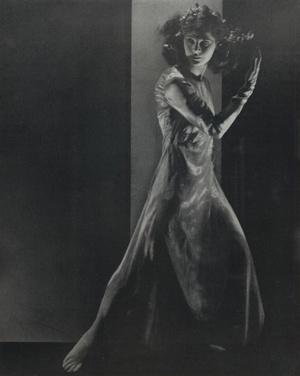
[Helen Tamiris’] best-known concert piece [the WPA sponsored How Long Brethren (1937), dealt with] the despair of unemployed Southern blacks and was danced by Tamiris and her ensemble to Lawrence Gellert’s Negro Songs of Protest sung by [the Federal Theatre Negro Chorus].
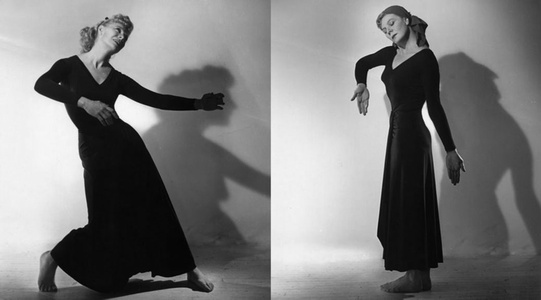
Tamiris encouraged the inclusion of dance in the WPA Federal Theatre Project and served as principal choreographer from 1937 to 1939…
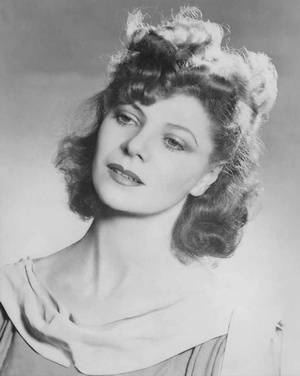
As a choreographer for musical plays (1945–57), Tamiris excelled at creating clever characterizations and evoking the spirit of U.S. regions and periods. Annie Get Your Gun (1946), Touch and Go (1949), for which she won the Antoinette Perry (Tony) Award for choreography, and Plain and Fancy (1955) were among the many musical plays for which she created the dances. She returned to concert modern dance with additional use of American themes, notably in Dance for Walt Whitman (1958)…
LINKS
Return to Dorr Bothwell’s Three Dancers
Dorr Bothwell: Artwork
Dorr Bothwell in Her Own Words
Barebones Bothwell
Mendocino Heritage Artists
Welcome!